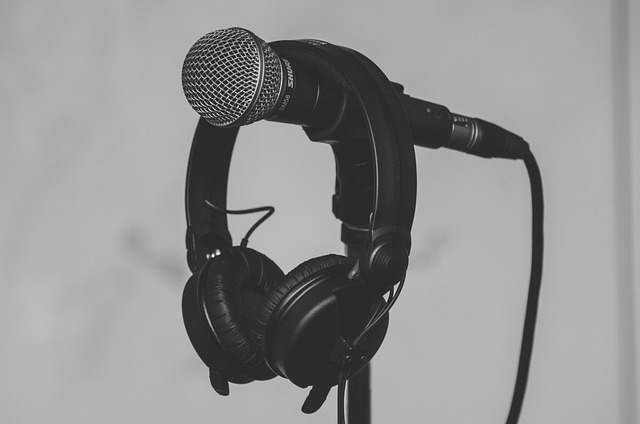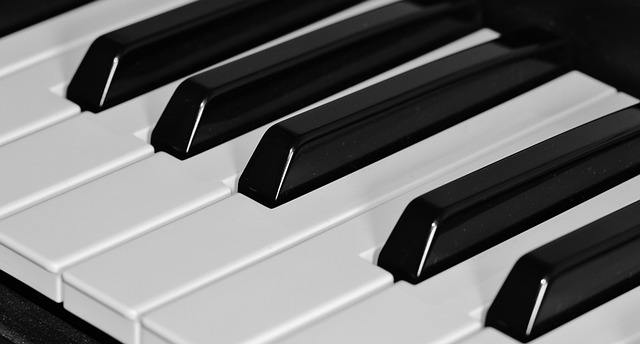Mastering the Broadcast Wave Format: A Comprehensive Guide for Audio Recording Professionals
The world of audio recording is evolving at an unprecedented pace, and for audio recording professionals, mastering the intricacies of various formats is crucial to staying ahead. One such format that has become indispensable in the industry is the Broadcast Wave format, commonly referred to as BWF. This format not only champions superior sound quality but also delivers vital metadata that can enhance the production workflow. If you’re looking to elevate your audio projects, understanding BWF is a game changer.
What is Broadcast Wave Format?
Originally developed by the European Broadcasting Union, the Broadcast Wave format is an extension of the WAV file format, designed to meet the demands of professional audio recording and broadcast. BWF files include not only audio data but also metadata, such as time codes and track names, which can significantly streamline audio production processes.
Why Choose Broadcast Wave?
Choosing the Broadcast Wave format for your audio projects comes with a myriad of benefits:
- Interoperability: BWF files can be easily shared between different software and hardware platforms, making collaboration easier than ever.
- Metadata Support: The built-in metadata allows for better organization and tracking of audio files, which is invaluable in busy recording environments.
- High-Quality Audio: The lossless audio quality of BWF files ensures that your recordings sound professional and retain their integrity throughout the production process.
Getting Started with Broadcast Wave
To dive into the world of Broadcast Wave, follow these steps:
- Choose Compatible Software: Make sure your Digital Audio Workstation (DAW) can handle BWF files. Popular DAWs such as Pro Tools, Logic Pro, and Adobe Audition support this format seamlessly.
- Set Up Your Preferences: Within your DAW, configure your audio settings to export in BWF. Look for settings related to file format and metadata options.
- Record and Label: As you record, be diligent about labeling your tracks and inputting metadata. This foresight will save you time and headaches in post-production.
Best Practices for Using Broadcast Wave
To fully leverage the potential of Broadcast Wave, adopt these best practices:
- Organize Your Files: Develop a consistent naming and folder structure that incorporates dates and project details. This habit enhances workflows and prevents file confusion.
- Keep Your Software Updated: Regular software updates ensure you have access to the latest BWF features and improvements, keeping you at the cutting edge of audio technology.
- Utilize Metadata Wisely: Fill in all available metadata fields such as artist, album, and track number. This will not only help you in organizing files but can also be useful when sharing with collaborators.
The Future of Broadcast Wave
As the industry continues to grow and adapt, so will the Broadcast Wave format. By mastering BWF now, you position yourself as a forward-thinking audio professional prepared for the future of audio recording.
Embracing the Broadcast Wave format means more than just using a file type; it’s about stepping into a world filled with infinite possibilities for creativity, efficiency, and collaboration in audio recording. As you explore this format, remember that each file holds the potential for captivating soundscapes, immersive stories, and unforgettable experiences.



